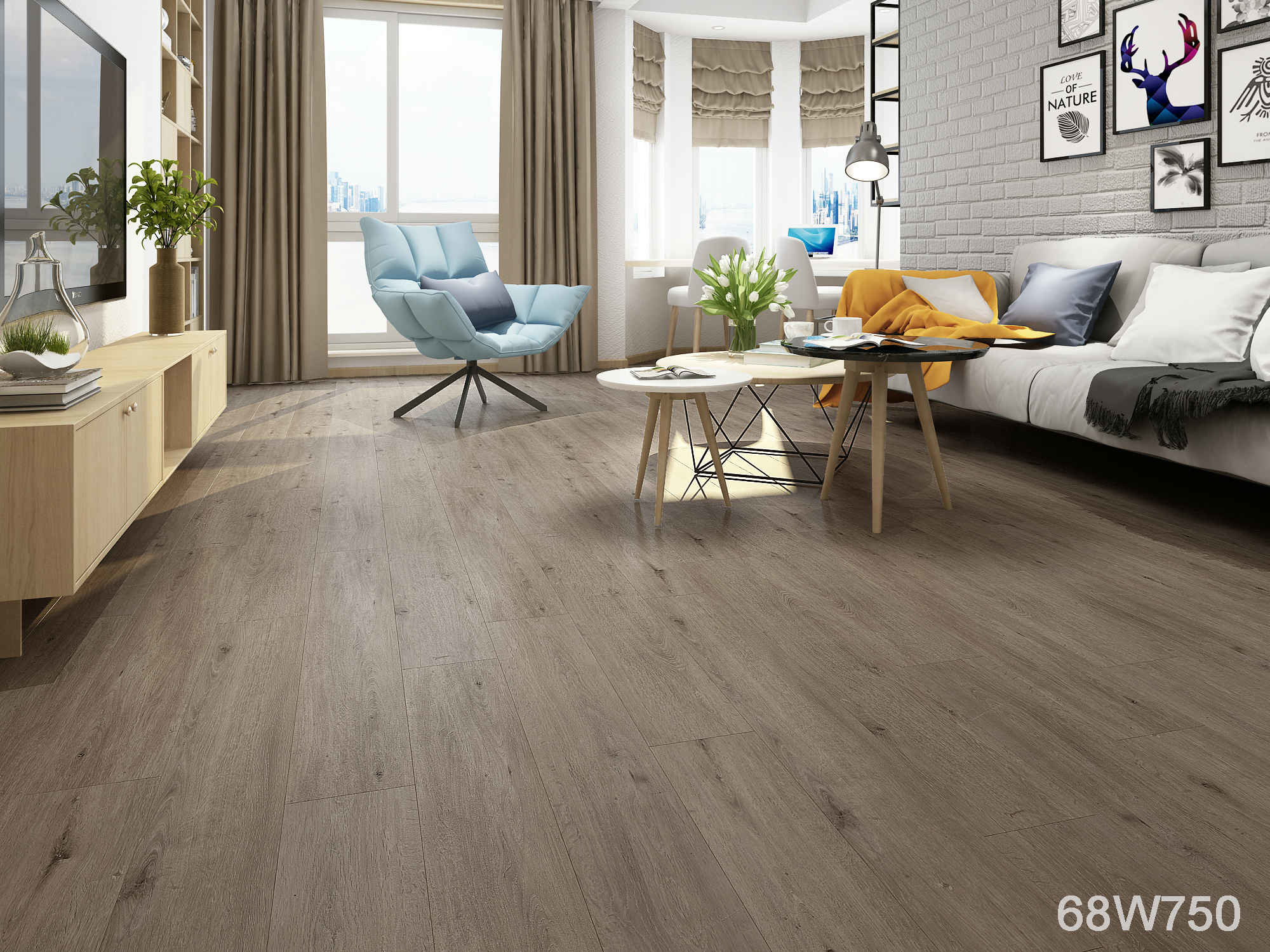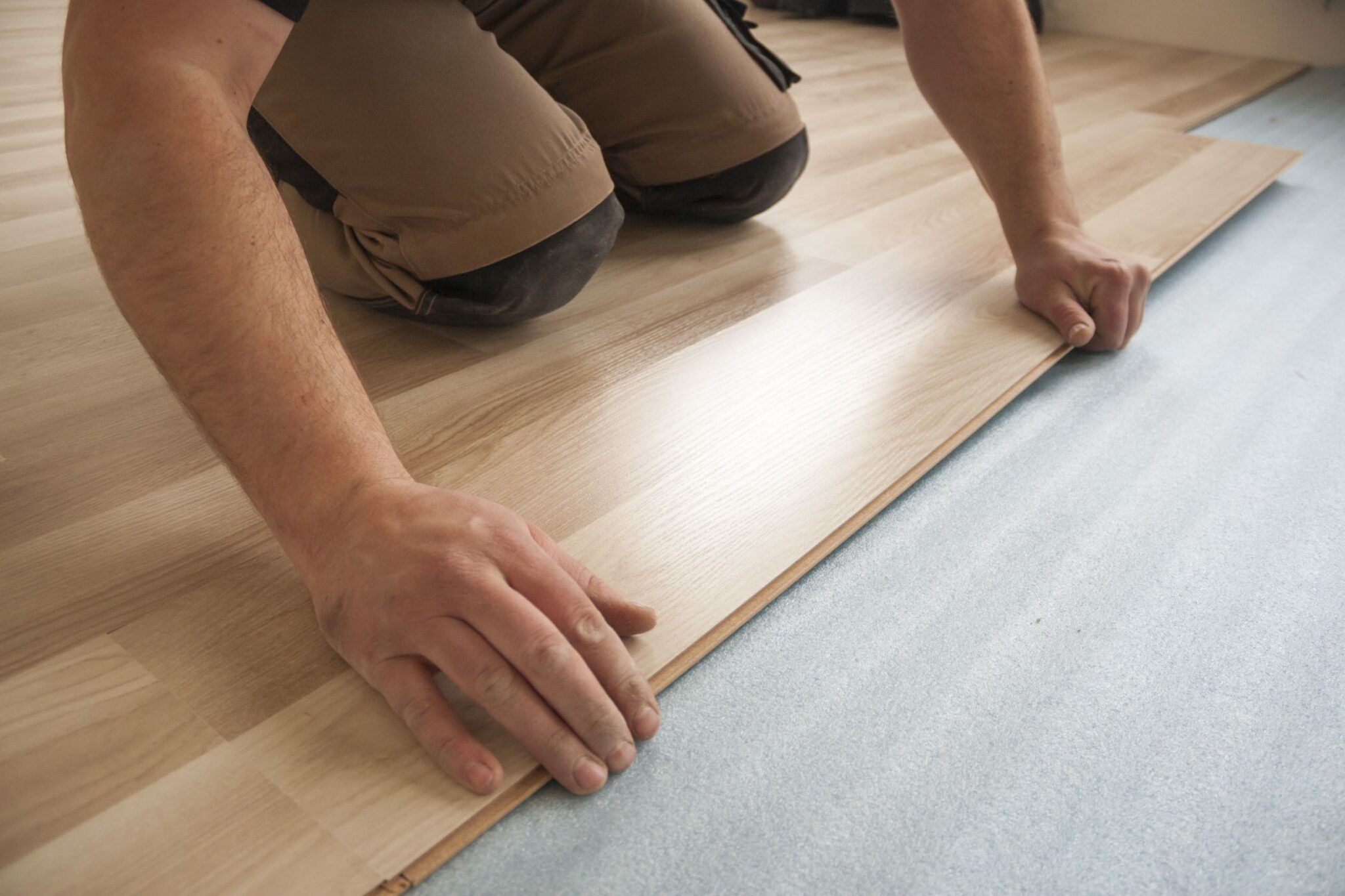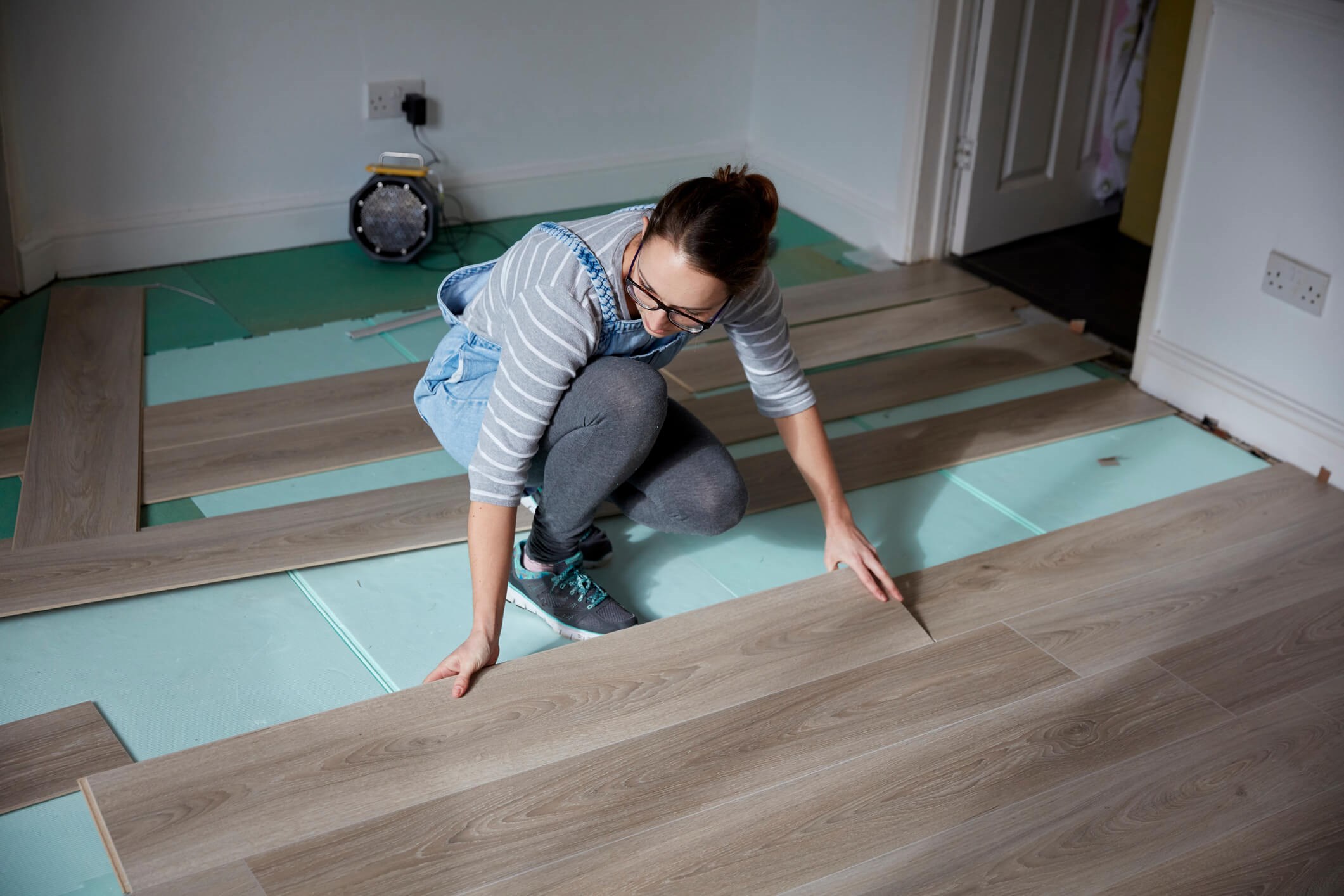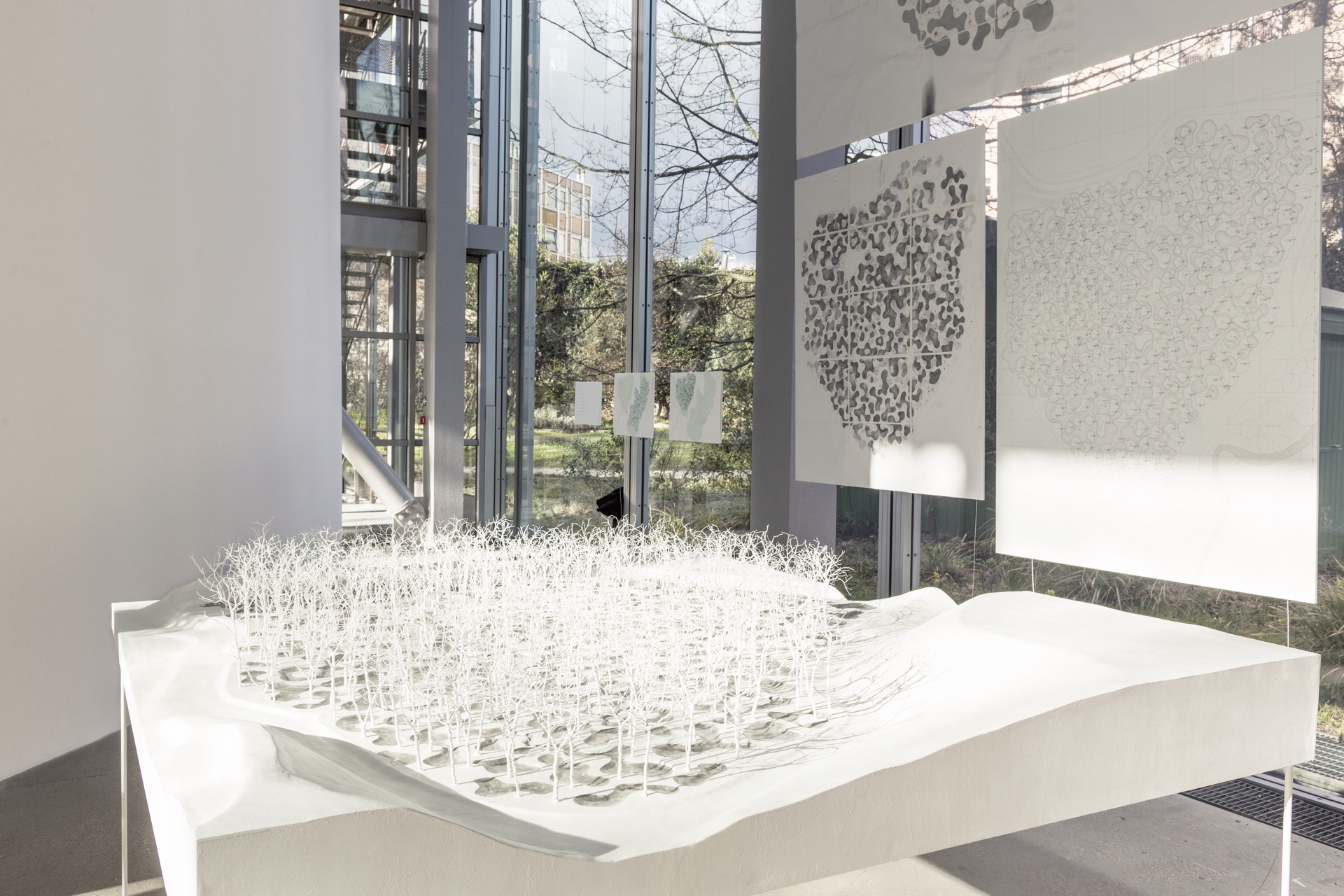
When it comes to interior design, one of the most important aspects to consider is maximizing the use of space. In a world where living spaces are becoming increasingly smaller, it is essential to find innovative ways to free up floor space. One design technique that has gained popularity in recent years is the floating design. This approach involves suspending furniture, fixtures, and even entire rooms to create the illusion of a more open and spacious environment. In this article, we will explore the art of the floating design and how it can transform any space.
The Concept of Floating Design

The concept of floating design revolves around the idea of creating visual lightness and openness by lifting objects off the floor. By doing so, the floor space is freed up, making the room feel more spacious and less cluttered. This design technique can be applied to various elements of interior design, including furniture, lighting fixtures, shelves, and even entire rooms.
One of the primary benefits of the floating design is its ability to create an illusion of more space in small areas. By removing furniture from the floor, the visual weight is reduced, making the room appear larger than it actually is. Additionally, floating elements can create interesting visual effects, adding a touch of uniqueness and sophistication to any space.
The Floating Furniture

One of the most common applications of the floating design is with furniture. By suspending furniture pieces off the ground, it gives the illusion that they are floating in mid-air. This technique not only enhances the visual appeal of the furniture but also creates an airy and open atmosphere in the room.
When choosing floating furniture, it is important to consider the material and design. Opting for transparent or light-colored materials can further enhance the floating effect. Additionally, selecting furniture with clean lines and minimalistic designs can help create a sense of lightness and simplicity.
- Use floating shelves to display decorative items or books, creating a sense of lightness and openness in the room.
- Hang floating cabinets or sideboards on the wall to store items without taking up precious floor space.
- Install floating desks or console tables in small rooms or tight corners to create a functional workspace without overwhelming the area.
Floating Lighting Fixtures

Lighting plays a crucial role in interior design, and floating lighting fixtures can add a touch of elegance and sophistication to any space. By suspending light fixtures from the ceiling or walls, it creates a sense of weightlessness and adds visual interest to the room.
There are various types of floating lighting fixtures that can be incorporated into different areas of the house:
- Pendant Lights: Suspended from the ceiling, pendant lights can be used to create a focal point in a room. They are available in various shapes, sizes, and designs, allowing for versatility in design.
- Wall Sconces: Mounted on the wall, wall sconces provide both functional and aesthetic lighting. By choosing floating wall sconces, they can add an artistic touch to the walls without taking up precious floor space.
- Floating Floor Lamps: Instead of traditional floor lamps that rest on the floor, floating floor lamps are suspended from the ceiling, creating an interesting visual effect. They can be used to illuminate specific areas or provide ambient lighting.
Floating Rooms and Partitions

For those looking to take the floating design to the next level, floating rooms and partitions can be a game-changer. This technique involves creating separate spaces within a larger room without the need for permanent walls or partitions.
One popular example of floating rooms is the use of hanging curtains or screens to divide a room into different functional areas. This allows for flexibility in space utilization while maintaining an open and airy feel.
Another option is to incorporate floating walls or partitions made of lightweight materials such as glass or acrylic. These partitions can be easily moved or adjusted to create different configurations, depending on the needs of the space.
Benefits of Floating Design

Now that we have explored the different applications of the floating design, it is important to understand the benefits it can bring to any space:
- Maximizing Floor Space: The primary advantage of floating design is its ability to free up floor space, making small rooms appear larger and more open.
- Enhancing Visual Appeal: The floating design adds a touch of elegance and sophistication to any space, creating visual interest and uniqueness.
- Flexibility and Adaptability: Floating elements can be easily moved or adjusted, allowing for flexibility in space utilization and adaptability to changing needs.
- Improved Lighting: By incorporating floating lighting fixtures, it can enhance the overall lighting design and create interesting visual effects.
- Creating Visual Balance: The floating design can help create a sense of balance and harmony in a room by distributing visual weight more evenly.
Conclusion

The art of the floating design offers a creative and innovative approach to maximize floor space and create a visually appealing interior. Whether through floating furniture, lighting fixtures, or even entire rooms and partitions, this design technique can transform any space into a more open and spacious environment.
By incorporating the principles of the floating design, it is possible to make the most out of limited space while maintaining functionality and aesthetic appeal. Whether in small apartments, offices, or even larger homes, the floating design is a powerful tool in the hands of skilled interior designers.
By embracing the art of the floating design, you can unlock the true potential of your living spaces, creating a harmonious and visually stunning environment that is both functional and beautiful.